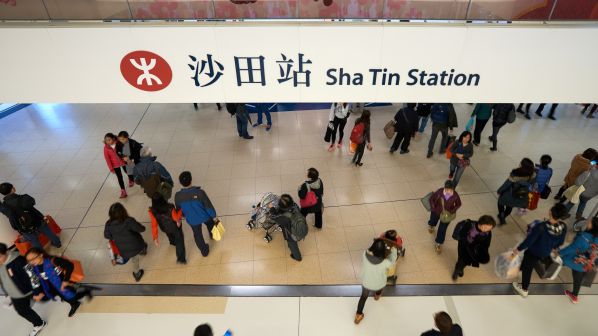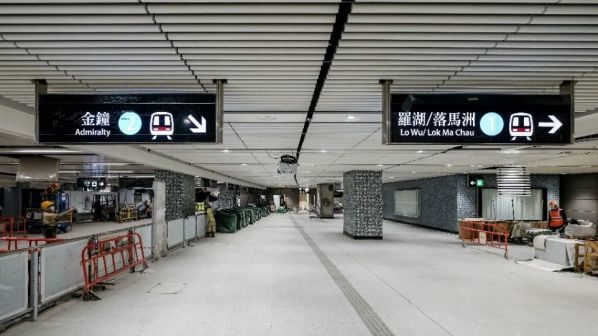LEIGHTON Contractors (Asia) has been fined $HK 40,000 ($US 5200) for cutting corners on the Hung Hom MTR station project that contributed to costly delays on the $HK 99bn Sha Tin - Central Link (SCL). The company pleaded guilty in Kowloon City Court on June 27 to failing to adhere to an approved plan for a space in the station built as part of the city’s most expensive rail link.
However, the South China Morning Post reports that Leighton and other contractors involved in the project were not charged for other issues revealed during an independent inquiry into the scandal, such as jerry-built platforms at the station, unauthorised changes to the designs for supporting diaphragm walls and missing inspection documents.
Reports of poor construction and a cover-up of mismanaged work on expanded platforms at Hung Hom emerged in May 2018. MTR told IRJ when news of the problems broke that a number of construction changes had been made in works on the platform slab at the Hung Hom station extension by the contractor without full documentation and formal submissions to MTR’s project management team. The government was also not informed of the changes.
The $HK 90.7bn project was the costliest in the history of MTR and was originally scheduled to open in mid-2019. Former MTR CEO Mr Lincoln Leong decided to leave MTR and seek early retirement in light of the problems with the project, while there were a series of related high-profile resignations at the company.
The initial 6.8km Tuen Ma Line from Tai Wai to Hung Hom opened in February 2020, with the eastern Hung Hom - Admiralty section opening in May 2022.
A report from a Hong Kong government-appointed inquiry released on May 2020 found that the government should be held partly responsible as it had been “the ultimate approver and accepter”
Leighton’s lawyers told the court the violation involved a “technical” error in a small area and argued that it was the company’s first offence. The magistrate said the firm had a social responsibility to complete the new link in accordance with guidelines, but agreed that the substandard work in the case concerned a limited area and did not result in casualties or further defects.
The Buildings Department said after the ruling that it would still refer the case to the Contractors’ Disciplinary Board.
For detailed data on metro projects around the world, subscribe to IRJ Pro.



